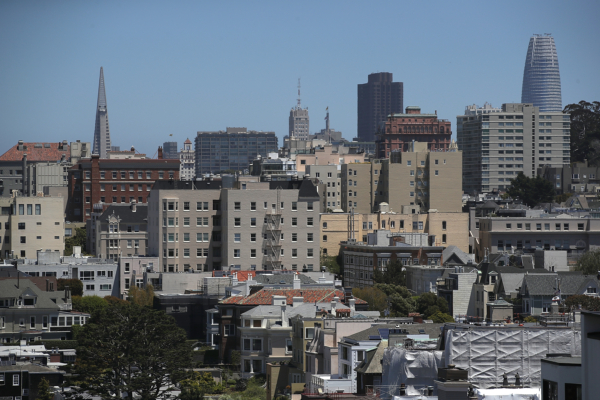California Assembly is currently considering a new affordable housing bill, aiming to address the housing shortage issue in the state. However, some local governments and groups do not see this as the solution.
The SB79 bill proposed by Democratic Senator Scott Wiener of San Francisco, titled the “Abundant & Affordable Homes Near Transit Act,” seeks to allow the construction of dense low-income apartments and housing within half a mile of bus stops or planned transit stations adjacent to single-family homes.
Wiener stated on June 3, “California needs to build more housing to lower housing costs, and building near transportation facilities can bring much-needed new riders to public transit systems. The time for this idea has come.” This is not Wiener’s first controversial housing reform effort. In 2019, he introduced Senate Bill 50 (SB50), which aimed to eliminate zoning policies and land use restrictions, requiring any type of housing to be built next to single-family homes. However, the bill was blocked by a bipartisan effort of Democrats and Republicans.
Should SB79 pass, new housing developments will not be subject to local zoning regulations. The state government would establish statewide zoning standards for areas around train stations and major bus stops, allowing developers to build up to seven-story buildings next to existing single-family homes.
According to the bill’s fact sheet, SB79 allows for the development of multi-family housing on residential, mixed-use, commercial, or light industrial lands.
The bill also authorizes transportation agencies to develop housing on their own lands or lands with permanent transit easements at the same or higher densities.
In an amendment, Wiener revised the bill to allow local governments flexibility in choosing intensive development areas – but also stipulated adherence to local affordable housing requirements; if there are no local regulations, affordable housing requirements can be added. California’s housing plan mandates constructing 2.5 million new homes statewide, with over 1 million units designated as affordable housing.
Wiener argues that SB79 is necessary because California’s strict zoning laws limit the “ability of millions of Californians to live near public transit facilities.”
According to legislative analysis reports, while SB79 does not completely exempt California from environmental laws, as long as it meets relevant environmental, labor, and affordability standards, it qualifies for expedited review processes. On June 30, Governor Newsom signed two bills to reform the California Environmental Quality Act, reducing obstacles to real estate development.
Supporters of SB79 argue that the bill helps address California’s housing and climate issues by placing more housing near public transportation systems, reducing greenhouse gas emissions, lowering household transportation costs, and expanding job accessibility.
However, “Neighbors for a Better San Diego” organization released a statement in June opposing the bill, stating that it bypasses local zoning rules and threatens property rights and the future of California’s single-family home communities.
Editor-in-chief of the California political news website “California Globe,” Kathy Grimes, criticized in an article on July 7, “California indeed needs more housing, but destroying existing communities is not the solution.”

